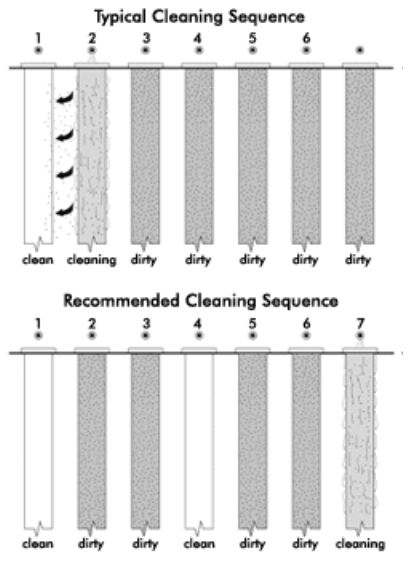Optimizing performance in a Pulse-Jet Baghouse can lead to increased filter life, energy savings, and dust collection efficiency.
Read the Micronics Engineered Filtration Group’s blog post below sharing several ways to optimize your Pulse-Jet Dust Collector by dust collection and filtration expert, Keith Ogilvie.

